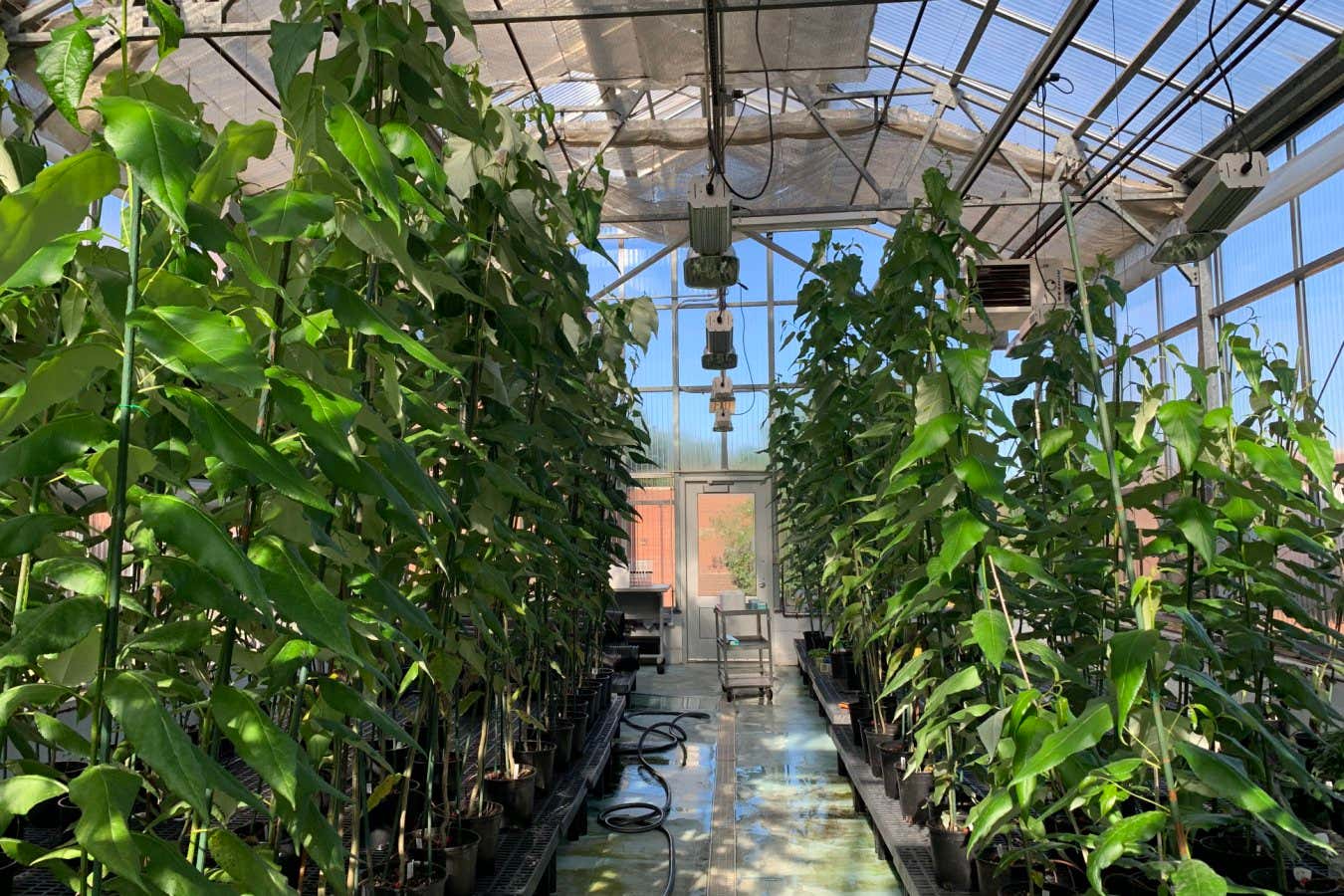Using CRISPR to genetically edit trees could significantly reduce the energy and water usage in the paper industry. According to Jack Wang from North Carolina State University, paper production requires a large amount of energy and water. In fact, the industry’s global carbon footprint was estimated to be 190 million tonnes in 2021, and this number is expected to rise until 2030 when paper production is projected to peak.
One of the major energy drains in the paper-making process is the removal of lignin from wood. Wang explains that lignin is a polymer linked with cellulose, the main component of paper. Separating lignin from cellulose requires high temperatures, pressure, and a significant amount of water. However, lignin also plays a crucial role in the structure and resilience of trees.
Wang, along with Rodolphe Barrangou and their colleagues, wondered if they could genetically edit poplar trees, which are commonly used for paper production, to reduce their lignin content while maintaining their structure. To achieve this, they used machine learning to analyze the poplar tree genome and identify combinations of genes that could be edited using CRISPR. The researchers discovered 69,123 potential editing methods to target 21 genes.
After analyzing the data, they selected the most promising combinations that had the highest likelihood of reducing lignin content while maintaining strength. Out of the thousands of potential editing methods, only 0.5% met their criteria. They chose seven of these methods to create 174 different variants of CRISPR-edited poplar trees.
After six months of growth, the team found that the lignin content in the edited trees was up to 49% lower compared to the unedited trees. Barrangou explains that the edited trees have been growing for about a year and have shown no major adverse effects on their structure. The researchers plan to plant several of these trees in a forest to study the long-term effects of genetic editing. They are also exploring the possibility of applying this technique to other tree species used in paper production.
Wang emphasizes the significance of these findings, stating, “At a time when climate change is so important, coming up with tangible real-world solutions to substantially reduce the carbon emissions of pulp and paper production is very exciting.” Barrangou adds, “This could be the start of a whole new era of sustainable forestry.” Wang hopes that these genetically edited trees could be commercially available on a large scale by the 2040s.








